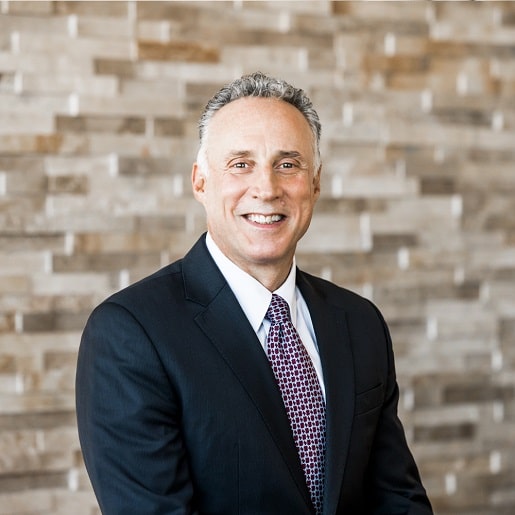

Market Update: The Timing of Interest
Insights from Marc Chandler, Managing Director and Chief Market Strategist, Bannockburn Global Capital Markets, a First Financial company
The US economy is slowing, and price pressures are moderating. This will allow the Federal Reserve to cut rates before the end of the year. Of course, many economists, including at the Federal Reserve itself, have been painting such a scenario for some time.
It is here.
Consider the current climate
This has been a unique business cycle: a pandemic, the supply shocks, the uneven recovery, the fiscal and monetary response, the subsequent response of consumers, not to mention an escalating trade war with China and the disruption caused by Russia’s invasion of Ukraine and the hostilities in the Middle East. But the business cycle itself has not been repealed.
It can take several months for monetary policy to filter through the roughly $28-trillion-complicated economy. The Federal Reserve action is not aimed at present conditions, but at what the present conditions tell us about what is expected to come several months down the pike.
The factors at play: labor, inflation, and prices
Job creation is slowing. Nonfarm payrolls have increased by 2.7 million in the 12 months through June. That is down nearly a million from the 12-month period ending in June 2023. Private sector jobs growth is the weakest in the cycle. The unemployment rate has risen from 3.6% in June 2023 to 4.1% in June 2024. Moreover, long-term unemployment (defined as 27 weeks or more) has risen sharply. The four-week moving average of weekly jobless claims, which is used to smooth out some of the volatility for a bigger picture perspective, is at its highest level since last August.
The slowing of inflation in the second half of last year was gradually boosting the Federal Reserve’s confidence that it would soon be able to cut interest rates. In December and again in the March iteration of its quarterly forecasts, the Fed signaled that three rate cuts may be appropriate this year.
However, prices were unexpectedly firmer in the first part of the year, shaking the Fed’s confidence. June projections showed the median forecast among its 19 officials was for only one cut this year. However, the Consumer Price Index growth slowed to a 0.8% annualized rate in Q2 after a 4.4% annualized pace in Q1. The core rate, which excludes food and energy, rose at an annualized rate of 2.4% in Q2, half of the Q1’s pace.
The impact of cutting interest rates
The combination of the slowing of the labor market and prices will likely boost the Fed’s confidence that it can cut rates as early as September. Easing rates may help extend the soft-landing, which so far has seen the economy cool and price pressures moderate. Though unemployment has increased, it has been only modestly. Overall, growth in the US remains the strongest growth among high-income countries.
Lower interest rates can have contradictory effects. On one hand, lower interest rates can offer opportunities for businesses to lower their cost of capital. It can also lower internal return thresholds, and even make new opportunities more attractive. At the same time, the conditions that trigger the central bank to cut interest rates often forewarn of more adverse business conditions and weaker demand. In such economic conditions, pricing power wanes.
Beware: Treacherous times may be around the corner. This is the time to draw on trusted advisers and ensure that risks are identified and managed.
